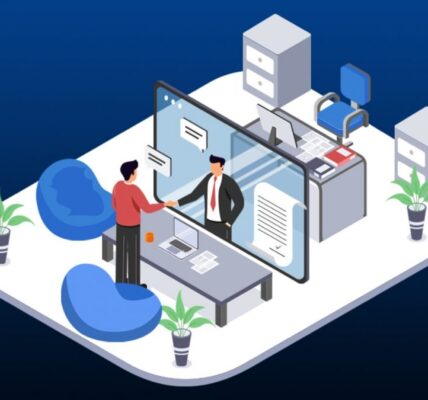In today’s competitive market, businesses are constantly searching for innovative ways to retain customers and increase sales. One of the most powerful approaches to emerge in recent years is loyalty gamification. By combining proven loyalty programs with game mechanics, companies can create engaging customer experiences that not only boost retention but also encourage repeat purchases.
What Is Loyalty Gamification?
Loyalty gamification refers to the practice of applying game-like elements—such as points, levels, badges, and challenges—within a loyalty program. Instead of simply offering discounts or rewards, businesses use gamified features to keep customers entertained, motivated, and emotionally connected to the brand.
This strategy taps into human psychology: people love achieving goals, unlocking milestones, and competing against themselves or others. By turning customer engagement into a playful, rewarding experience, loyalty gamification transforms ordinary transactions into meaningful interactions.
Why Loyalty Gamification Works
Customers no longer expect loyalty programs to be limited to “buy 10, get 1 free” models. They want something interactive and exciting. Loyalty gamification meets this demand by:
• Encouraging ongoing participation – Customers stay active because they are motivated to earn rewards and progress through levels.
• Boosting brand engagement – Interactive challenges make customers return more frequently to the app, website, or store.
• Driving repeat sales – Gamified rewards provide strong incentives for customers to make additional purchases.
• Building emotional connection – Customers feel a sense of achievement and belonging when they unlock new rewards.
Proven Loyalty Gamification Strategies
There are several strategies that businesses can use to implement loyalty gamification effectively:
• Point-Based Systems with Levels – Allow customers to earn points with each purchase and advance to higher levels. Each level should unlock better rewards or exclusive perks.
• Challenges and Missions – Introduce limited-time challenges (e.g., “Spend $50 this weekend to unlock double points”) to boost short-term sales.
• Badges and Achievements – Reward customers with digital badges when they complete milestones, such as their 5th purchase or first product review.
• Leaderboards – Encourage friendly competition by showcasing top customers, especially in communities or apps.
• Spin-the-Wheel or Surprise Rewards – Add elements of chance to make the reward process exciting and unpredictable.
The Impact on Customer Retention
Customer retention is one of the biggest benefits of loyalty gamification. Studies show that retaining an existing customer is far cheaper than acquiring a new one. Gamification keeps customers invested in the brand journey and motivates them to come back regularly.
• Customers check loyalty apps more often when interactive elements are present.
• Gamified rewards encourage consistency and habit formation.
• Long-term players are less likely to switch to a competitor because they don’t want to lose their progress or status.
Driving Sales Through Engagement
While retention is critical, the ultimate goal of loyalty gamification is increased sales. Gamified elements drive customers to spend more in order to unlock higher levels or complete challenges. For example:
• Customers may purchase additional items to reach the next milestone reward.
• Seasonal gamified promotions (e.g., holiday-themed missions) boost short-term revenue.
• Loyalty gamification fosters upselling and cross-selling opportunities by guiding customers to explore new products.
Best Practices for Implementing Loyalty Gamification
To ensure success, businesses should follow these best practices:
• Keep it simple – Customers should immediately understand how the gamified system works.
• Offer meaningful rewards – Ensure that prizes, discounts, or perks are valuable enough to motivate customers.
• Balance fun with business goals – Design challenges that encourage sales and engagement without overwhelming the user.
• Use personalization – Tailor gamified experiences to customer preferences and purchase history.
• Track results – Monitor KPIs such as repeat purchase rate, average order value, and app engagement.
Loyalty gamification is more than just a trend—it is a proven strategy that increases both customer retention and sales. By adding game-like elements such as challenges, levels, and achievements to loyalty programs, businesses can keep their customers engaged and motivated. When implemented correctly, loyalty gamification creates stronger emotional connections with customers, drives consistent revenue, and helps brands stand out in an increasingly crowded market.
For a modern and effective loyalty platform designed to support gamification features, explore BonusQR’s Loyalty Gamification Solutions.








